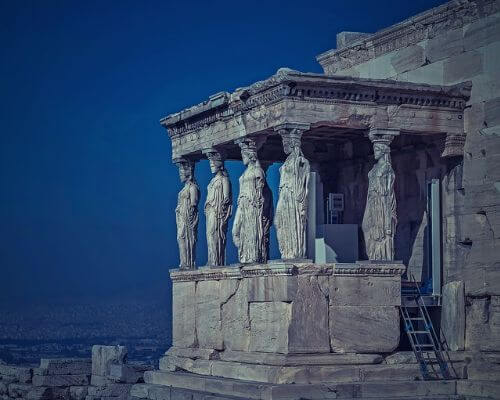Parthenon
An Icon of Ancient Greek Architecture
Parthenon is the emblem of Athens and probably of Greece as well. Parthenon is considered the most perfect Doric temple ever built, and one of the most known and recognizable monuments in the world. It was constructed during the Golden Age of Athens under the supervision of the renowned architects Ictinus and Callicrates. The architectural marvel was part of Pericle’s ambitious building program, aiming to showcase the city’s power and wealth.


